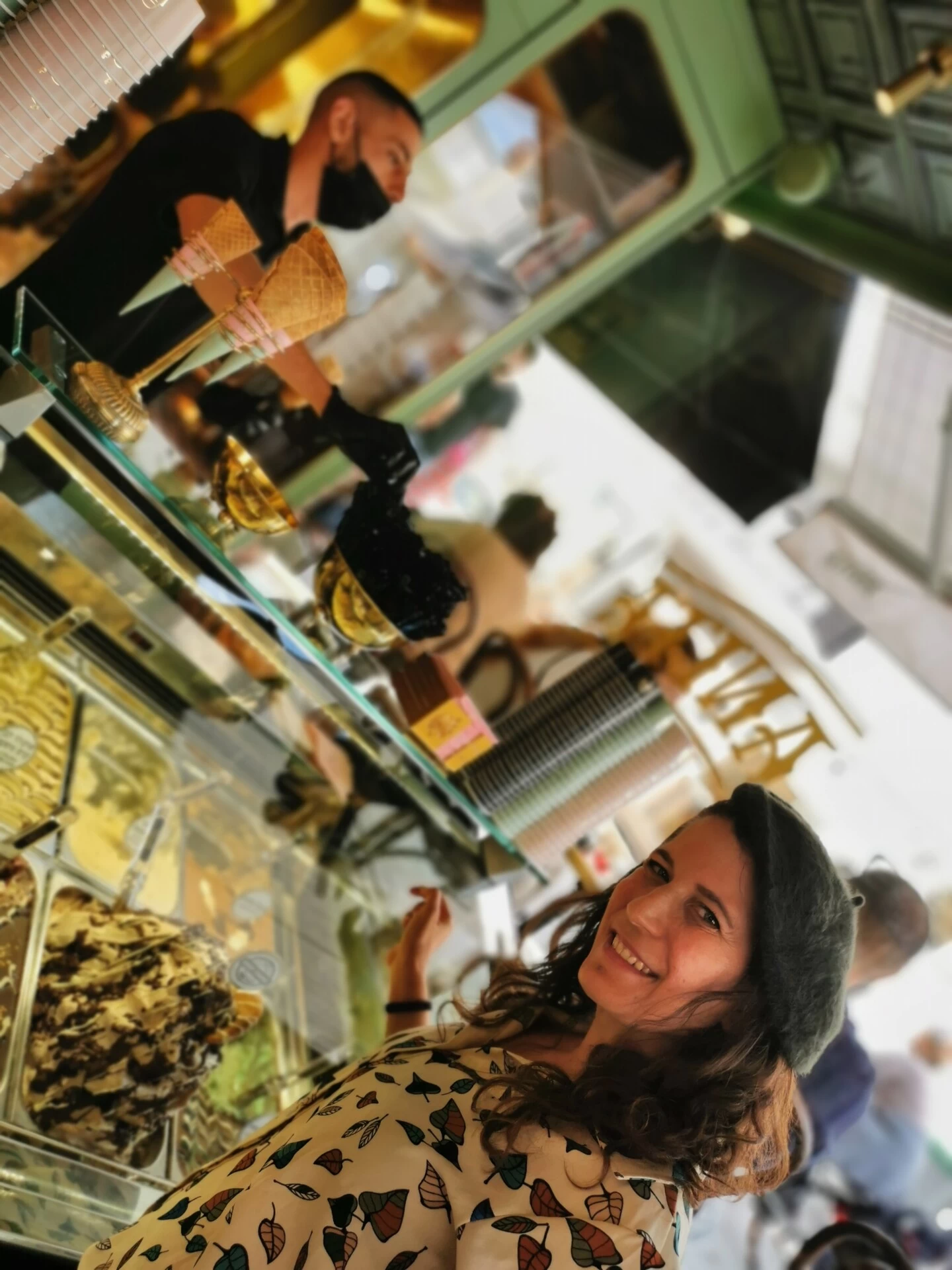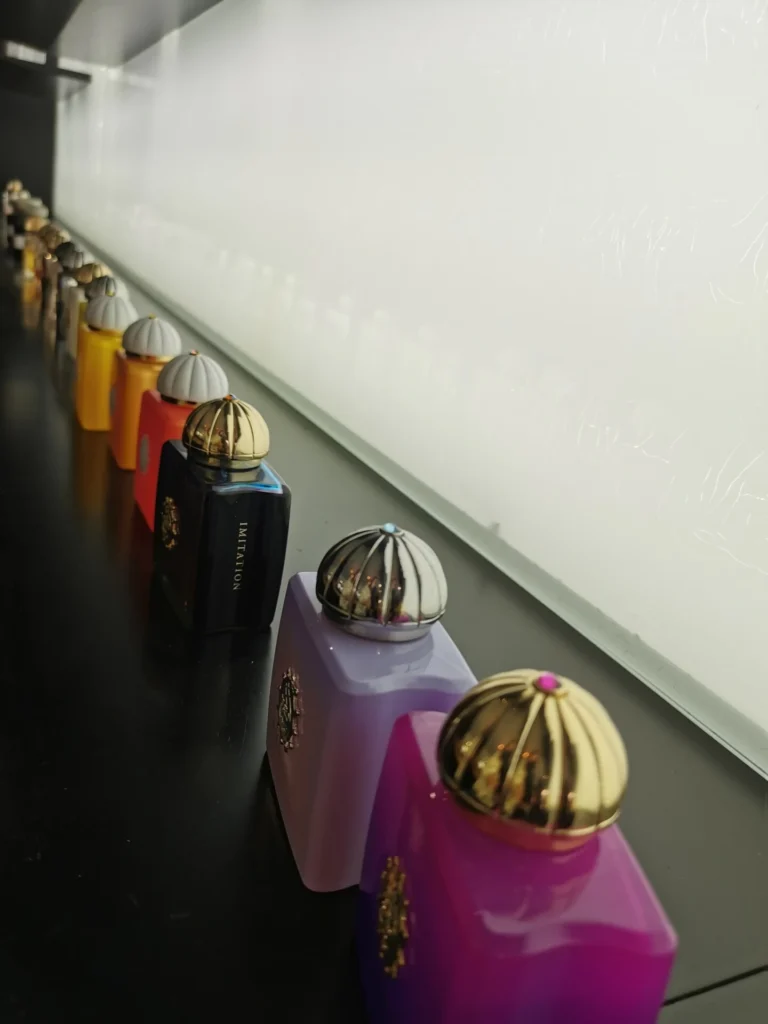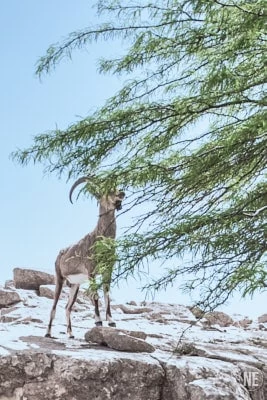The ground mosaic of the nearby synagogue displayed a severe warning, advising people against discovering the village’s secret. The mosaic cautioned that those who instigate fights, gossip about others to outsiders, steal, or reveal the community’s secret would face consequences. Archaeologists speculate that this secret revolves around the luxury scent of the Dead Sea, the persimmon perfume.

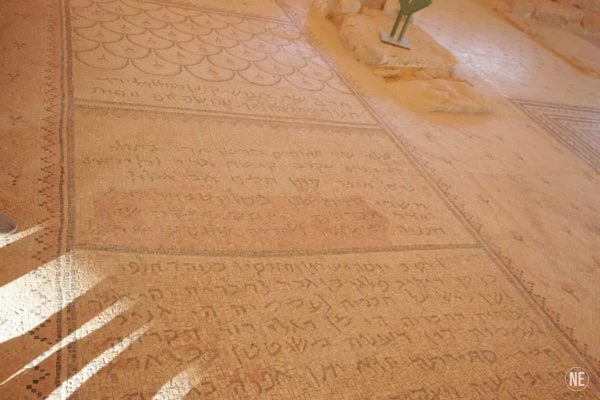
A journey to the brand of luxury scents during the period of the Roman Empire, right here at the Dead Sea
Nearly two millennia ago, nestled within the sands of a desert oasis, lay one of the best-kept secrets of ancient times—a tale of ingenuity woven by the Jewish community of Ein-Gedi. This community crafted an exquisite fragrance that became synonymous with opulence, coveted by elites across the ancient world. Legend has it that even Queen Cleopatra of Egypt yearned for its enchanting aroma, seeking it out with enthusiasm. Scholars speculate that this remarkable scent may even evoke memories of Jesus, who is said to have been anointed with it, adding a spiritual dimension to its appeal.
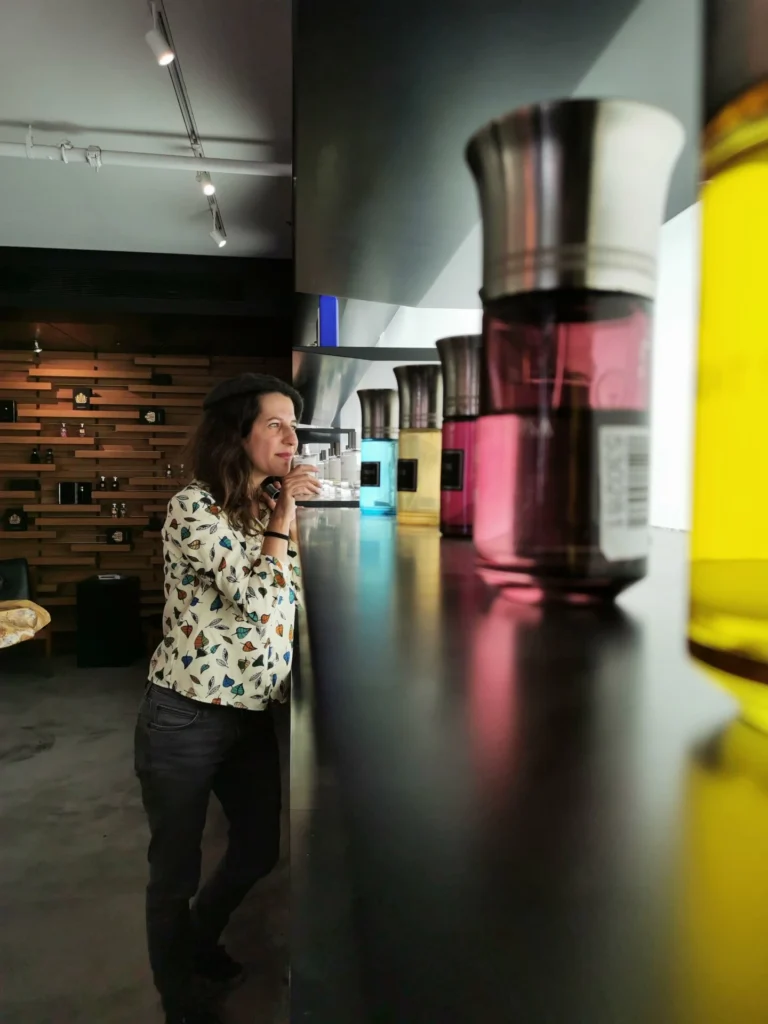
Balm of Gilead -the creation of an ancient brand
Recent research suggests that the renowned perfume was crafted by Balm of Gilead, affectionately dubbed ‘Persimmon’. Historically, it was exclusively found in the Dead Sea region, including Masada, Jericho, and Ein-Gedi.
A significant source of information on this perfume is the writings of the Roman author Pliny the Elder (AD 23-79), particularly his work “The History of Nature.”
The creation of this perfume involved a meticulous process of scoring the branches and stems of the plant to collect the precious drops of white liquid it secreted. This extraction process was slow and laborious, yielding only a few precious drops at a time. During the Second Temple period, Jewish artisans developed unique techniques to enhance resin production, likely safeguarding the secret behind its manufacturing process and creating other derivative products.
The prestige of this perfume is evident in its historical significance, as it was used as the anointing oil for kings in the Jewish temple. Even Queen Cleopatra coveted the Balm of Gilead perfume, highlighting its esteemed status. Many believe that even Jesus may have been anointed with it, a luxury reserved for temple-visiting kings. This has led some to speculate that this fragrance may offer a glimpse into the actual scent associated with Jesus.
Men devoted to the discovery of the perfume of Kings and Jesus
Guy Erlich, a dedicated agriculturist, has devoted years to uncovering the elusive scent of the ancient Gilad Palm fragrance. During the waning years of the Second Temple period, significant upheavals occurred: the destruction of the Jewish temple and the decline of the Roman Empire. Subsequently, the Muslim empire ascended to power in the land of Israel, leading to a dispersion of the Jewish people, causing their once-secret fruit and fragrance to vanish.

Guy embarked on cultivating the Chommiphora Gileadeans tree, which is closely associated with the balsam class. Collaborating with experts, they conducted research and development, transforming their farm into a biotechnology enterprise. They specialized in cultivating a unique collection of ancient herbs for medicinal purposes, leveraging their expertise to contribute to the field of herbal medicine.
Main travel information
Location
You can find us at the entrance of Kibbutz Almog. If you’re coming from the east, after driving to the Dead Sea on Road #1, you’ll see a gas station at Vered Jericho Junction. Turn right towards Kibbutz Almog, and you’ll see a sign indicating the farm on your right.
Opening hours: Sunday to Thursday from 7 am to 10 pm.
Friday, 7am to 2pm.
Address: Entry of the kibbutz Almog.
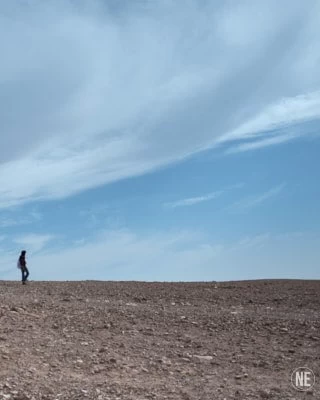
Arrival options
| Bus lines | In the Kibbutz Almog lines 486 ,26 Jerusalem. To Ein-Gedi: line 486 from Jerusalem |
| Car | Drive on the road No.1 west to the Dead Sea area |
| Taxi | Local taxi from Jerusalem from the Dead Sea. |
Accessibility
The entrance to our facility is within walking distance. However, please note that the visitor center is on a small hill accessible only by foot or tractor. Unfortunately, the main experience is not yet wheelchair accessible. We apologize for any inconvenience this may cause and are working towards improving accessibility.
Clothing
- Sun Protection: Due to the intense desert climate, the Dead Sea region can be extremely hot. Be sure to pack sunscreen, a large hat, and clothing that covers your body to protect yourself from the sun’s rays.
- Nighttime Preparation: If you plan to stay overnight in the area, remember that desert temperatures can drop significantly after sunset. Even during the warmer months, it’s advisable to bring warmer clothing for the cooler evenings.
Perfume from the Ancient World
In ancient times, women had a clever trick for seduction: they would place the fruit of the Palm of Gilead in their shoes. As men walked by, they would step on the fruit, releasing a wonderful scent that would captivate them and lead them to seek out the woman with the alluring aroma.
The fragrances of ancient times held significant importance, with trade routes known as “perfume routes” transporting scented products from Africa and Asia through Israel en route to Europe.
One of the most coveted fragrances in the ancient world was derived from a local fruit called the “Balsam of Gilead.” Its popularity was immense, and it was highly sought after for sale. The word “perfume” originates from Latin, meaning a substance used to produce a fragrant scent when burned, highlighting the early use of fragrances as incense.
The balm of Gilead Scent Story
The exact identity of Gilad fragrance balm has not been entirely defined.
Today’s research has made significant strides in identifying the closest match to the tree responsible for producing the most popular perfume in ancient times. This plant is known as “The Balm of Gilead,” scientifically called Commiphora opobalsamum or Commiphora gileadensis, with the nickname “persimmon.” It’s important to note that this plant is unrelated to the orange khaki fruit that is commonly consumed today, imported from China.
The fragrance is extracted from the plant’s resin by burning the stalks, and a process typically carried out during the summer months. Rabbi Shimon Gamliel once explained, “The wreath is only a resin dripping from the velvet trees” (Babylonia), illustrating the complexity of the perfume’s production process.
The plant known today is likely a cultivated variety, resembling a shrub about one and a half beats tall, featuring small fibers and round, cherry-colored fruits. This variety belongs to the Bushman class of plants, renowned for their aromatic properties.
The perfume is finally back!
After being absent for fifteen hundred years, the Balm of Gilead has returned to Israel, inviting you on a journey back in time filled with ancient scents. Experience the revival of bygone days.
While you can explore this site on your own, we recommend starting your day at the ancient synagogue of Ein-Gedi. Here, marvel at a beautiful mosaic that hints at the village’s secret. Then, head to Ein-Pascha to see the ancient pool believed to be linked to the production of the Balm of Gilead perfume.
Take in the ancient aromas, meet fascinating settlers, and learn about the plants that shaped our heritage. Sample unique herbs and feel the magical energy of biblical trees. Just as the wise men presented gifts of gold and myrrh, indulge in an exclusive collection of rare biblical plants with special fragrances and healing properties.
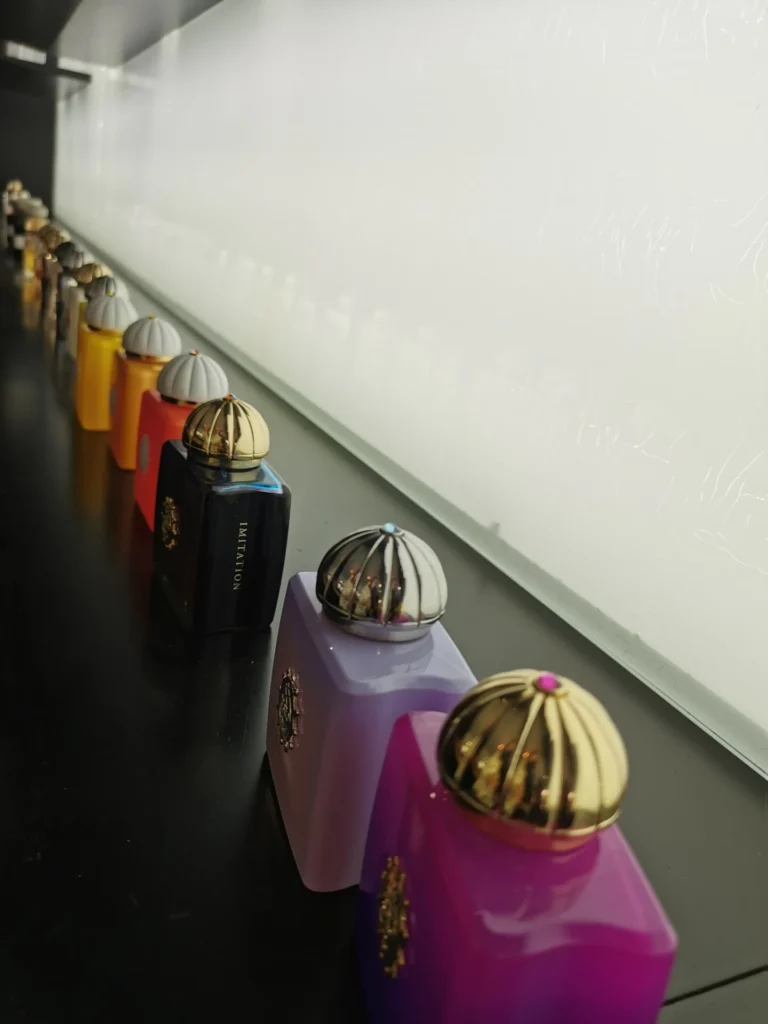
Greetings from Roman times
The ancient scents and herbs weren’t just for perfumes but also for medicine and body care. They were derived from a tree grown under the region’s unique conditions, with sweet spring waters and dry weather. This tree was also one of the ingredients in the temple incense and the oil used to anoint the kings of Israel, giving it a mystical and sacred quality.
When I first learned about this during my guide courses, I was fascinated by the mystery of the old community of Ein-Gedi. I researched the Palm of Gilead tree and its perfume to learn more about it. I had questions: Why was it so expensive? And how did a determined researcher leave everything behind to pursue the dream of finding and growing this plant in the middle of the desert?
Let’s go back to the 10th century B.C., when the Queen of Sheba visited King Solomon and gifted him the balm of Gilead perfume. This perfume is mentioned in the Bible alongside other valuable gifts like gold and myrrh.
Roman historian Pliny wrote extensively about this biblical perfume, noting that emperors would display the fruit during victory parades to symbolize conquests in the kingdom of Judea.
The price of the oil produced from this fruit was astonishingly high. According to Pliny, half an ounce of this oil was worth up to 1,000 dinars, twice the value of metal money. Many attempted to imitate it, but none succeeded.
This perfume was one of the most significant contributions made by Jews to the world. Only Hebrew farmers could cultivate the plant exclusively, and the production process was passed down through generations as a closely guarded secret.
Historians from Sicily and Greece described the Dead Sea region, mentioning areas where the balsam tree grew and the oil’s medicinal properties.
The Ein Gedi community closely guarded the complex production process of the fragrance due to the specific climate it required. The Romans conquered Israel and took trees from the region but couldn’t replicate the process. Cleopatra, the Queen of Egypt, was among the eager patrons seeking this precious oil.
During the Roman conquest, the Jews of Ein-Gedi chose to destroy the bushes rather than reveal the secret of production, taking it with them to their graves.
How did the secret fragrance come back?
In 1957, French excavator Ronald De Woo de Qumran made an intriguing discovery: a complex from the Herodian era at Einot Tsukim. Later, Israeli Professor Yizhar Hirschfeld from the Hebrew University of Jerusalem conducted excavations at the same site.
The large installations uncovered at Einot Tsukim are believed to be small Persimmon perfume production plants. The facility comprises an open pool and two covered rooms. One room contains a pool for soaking persimmon perfume extracts and a compartment for storing them. The other room features a mikveh taharah, a Jewish purification pool used by workers before or after their tasks, depending on their preferences for the scent of persimmon. Large, rounded stones found in the installation were used to crush persimmon branches to extract the perfume extracts. Researchers speculate that the plant extract flowed through a canal pit to the soaking pool, collected by pottery jugs, and then transferred to a yet-to-be-discovered cooking facility.
Further evidence for the plant’s existence was found on the Byzantine map of Midba in Jordan. The map depicts a plant with three leaves around the Jericho region, believed to be the Persimmon plant.
Explore |What to see at the Visitor Center
To reach the Balm of Gilead Farm, head towards Kibbutz Almog. As you turn onto the kibbutz road, you’ll notice a sign indicating “The Balm of Gilead Farm.” Upon arrival, you’ll be welcomed with a locally made tea or coffee and provided with a brief introduction to the place in a shaded area. Afterward, take a short walk to the nearby hill, where you’ll experience the enchantment of this location while learning about one of the most valuable ingredients in history.
Vising Centre Activity
Upon arriving at the visitor center, prepare to embark on a journey through time with a captivating, immersive tour. You’ll be greeted by Guy Erlich, the visionary behind this farm, in an intimate sitting area. Start your experience with local tea and coffee as you soak in the desert landscape around you and feel the breeze on your skin. Once you’re in the right mindset, head to the nearby hill to explore the magic inside the greenhouse where the unique “Balm of Gilead” is cultivated, followed by a visit to the biblical workshop.
During the workshop, you’ll discover ancient cosmetics crafted from fruit oil and hear Guy’s firsthand account of his journey to find this rare plant. Learn about his challenges and adventures along the way, and marvel at the unique shrubs thriving in the greenhouses. Engage your senses as you smell dozens of rare plants and participate in a brief ceremony that recreates the scent of the Temple incense in Jerusalem. It’s an immersive experience that will transport you to another time and place.
Observation
From the open-hut reception center, you can see the world’s oldest town, Jericho, and the magnificent Dead Sea to the west.
Smelling is Believing
The famous saying “seeing is believing” takes on a new meaning in this unique setting. With closed eyes, you can immerse yourself in the aroma and envision Israel’s kings or even Jesus sitting beside you.
As you listen to the captivating story and journey of discovery, you’ll have the opportunity to experience the special tree and the final fragrance product firsthand. The scent, reminiscent of clementine, cinnamon, and mint, is open to interpretation, inviting visitors to share their thoughts on its essence.
But this place is more than just a living history lesson—it’s a testament to the dedication and passion of a researcher who followed his heart and sacrificed everything for his dream. Guy’s move from Jerusalem to the kibbutz in the heart of the desert, investing all his savings to resurrect the most famous fragrance in history, serves as a source of inspiration. While some may see it as madness, many others can breathe in the fragrance and find inspiration in the innovative spirit that first sparked within the ancient Jewish community and now lives on through a local pioneer.
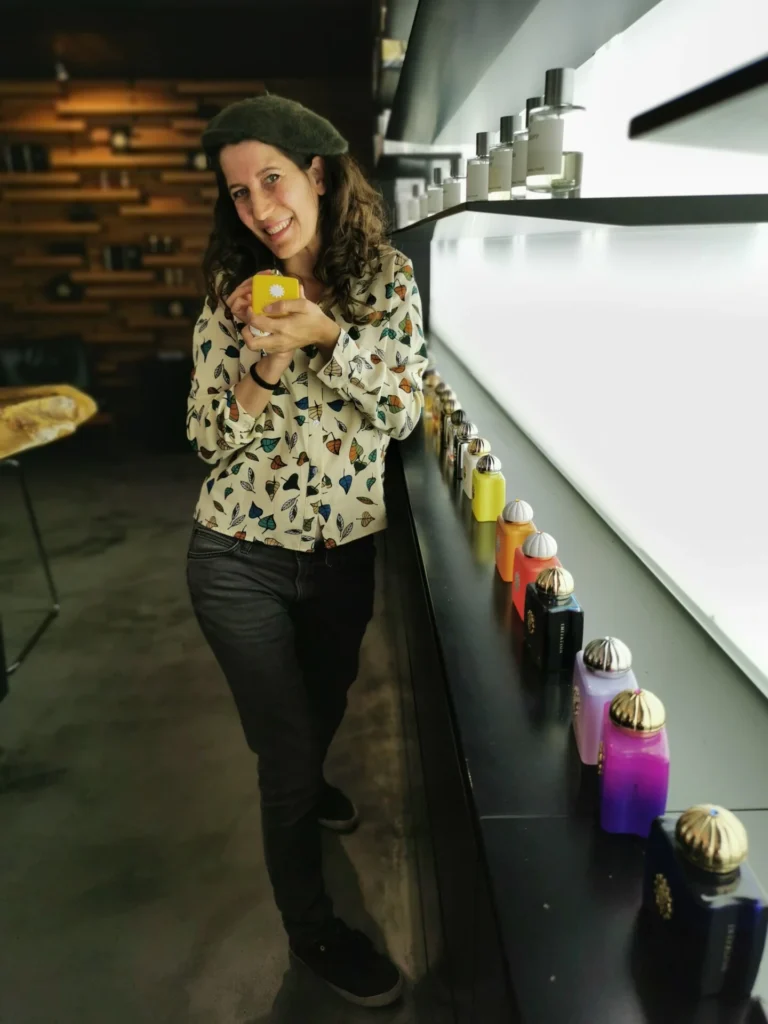
Persimmon | The History of the Balm of Gilead
In ancient times, the tree was known by various names, including “Zari” or “Tzri Hagilad” in biblical Hebrew, alongside “Nataf” and “Beshem.”
The Greeks called it “Balsam,” while the Romans called it “Oppo-Balsam.” The Jews later gave it the name “Persimmon” in the 1st century.
The mention of balm in the Bible can be traced back to the story of Joseph, where his brothers threw him into a ditch. In Genesis 37:25, it states: “As they sat down to eat, they looked up and saw a caravan of Ishmaelites coming from Gilead. Their camels were loaded with spices, balm, and myrrh, and they were on their way to take them down to Egypt.”
It wasn’t until the 18th century that Carolus Linnaeus, the father of plant taxonomy, identified the biblical persimmon with Commiphora Giledensis. Linnaeus sent his student to Yemen with detailed criteria, leading to the successful identification of the tree.
Our food recommendation:
Me Casa is a charming Italian restaurant known for its delicious homemade ice cream, ideal for the desert climate. Situated at “Almog Junction,” turn left towards “Vered Jericho,” and you’ll find it on your right. It’s open on weekends, too. You can contact them at +972-(0)2-970-7087 for inquiries or reservations.
https://me-casa-restaurant.business.site/
Last Chance Restaurant is a kosher grill restaurant located at Almog Junction. A real camel’ll greet you at the entrance as you arrive. Please note that they are closed on Saturdays. You can contact them at 972-(0)2-940-9414 for more information or reservations.
https://chance.click2eat.co.il/en/
Nearby exploring options
You are in the Dead Sea region and have many touring options. The Dead Sea is not dead; there are many new attractions and even a yummy food track! You can go to Kayak rafting, bike riding, and explore the diamonds of the Dead Sea.
For Kayak adventure, check this post
Final Words
The unique climate of the desert plays a significant role in preserving archaeological finds remarkably well. Recent discoveries, such as the inscriptions in the ancient synagogue, shed light on the mysterious secrets of the desert plant. The quest for the plant responsible for producing the most coveted scent in the ancient world is truly inspiring and has never felt more captivating. The historical narrative surrounding the persimmon plant and its connection to Jesus remains relatively unknown to many. Let’s seize the opportunity to explore this fascinating place while it is still unknown to many people.
